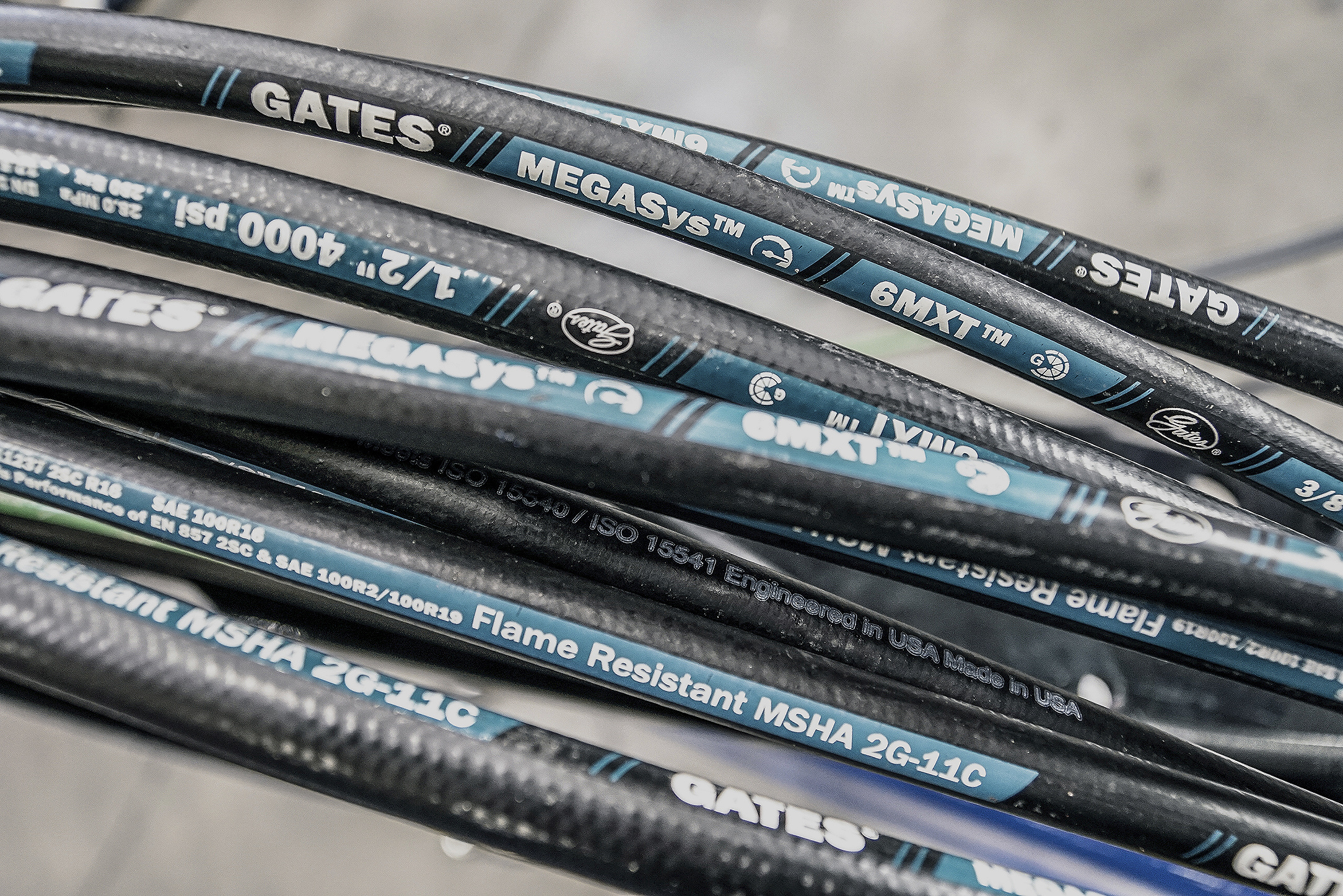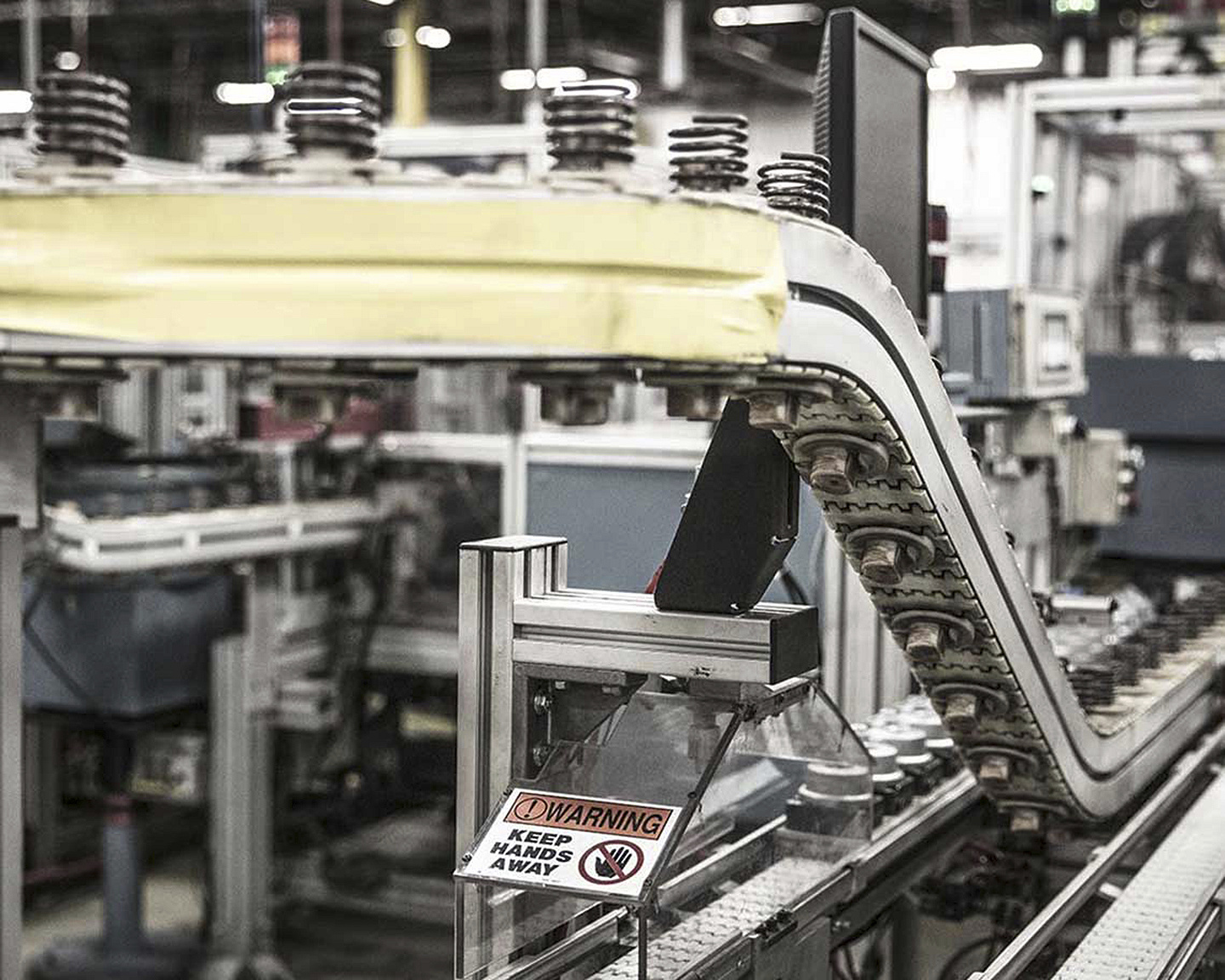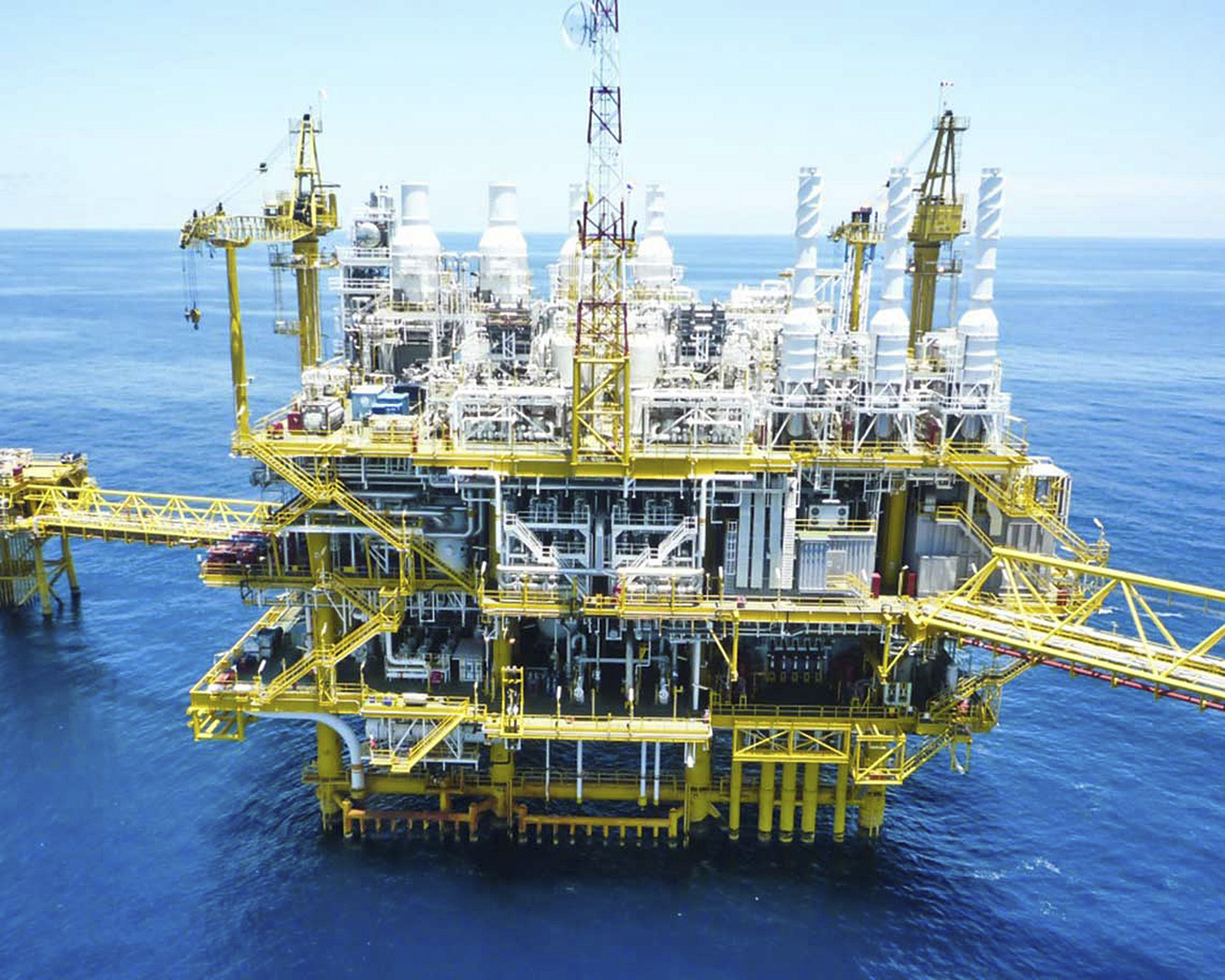Pressure Drop
What Is Pressure Drop?
When material enters one end of your hose and piping systems and leaves the other, pressure drop, or pressure loss, occurs. Pressure drop is a result of the friction from fluids, solids, liquids, or gasses rubbing against the interior walls of the hose assembly during transfer, and can be estimated with engineering models using fluid type, assembly specifications, flow rate, and more.
Why Does Pressure Drop Matter?
If there is excessive pressure drop in the system, the working fluid temperature will increase, and your system pumps will have to work harder with increased energy consumption. Depending on the source of the additional pressure loss, this could raise the whole system pressure, increase wear, and introduce potentially dangerous over-pressure conditions. Excessive pressure drop could even render some tools or equipment functions inoperable due to inadequate operating pressures, or create damaging cavitation and loss of net positive suction head (NPSH).
What Affects Pressure Drop?
Pressure drop factors may be broken down into two general categories: mechanical components and fluid properties.
Mechanical Components
Mechanical components such as valves, flow meters, quick disconnects, adapters, couplings, tubing, hose, etc., can all contribute to a system’s pressure loss. Mechanical component pressure drop also depends on the cross-sectional area, internal surface roughness, length, bends, and geometric complexity of each component. For example, changes in bore or direction, such as a 45 or 90 degree elbows, can increase friction and pressure drop. Or, the longer the fluid must travel in the system, the more surface area there is to cause friction.
Fluid Properties
Fluid properties such as density, viscosity, heat capacity, and bulk modulus will also contribute to system pressure loss. For example, thicker fluids require greater transfer effort, thus creating more friction and more pressure drop. Fluid properties are also impacted by fluid temperature (warmer fluids transfer such as petroleum transfer with less friction), pressure, contamination, and transfer time. As a direct product of flow rate and cross-sectional area, higher fluid velocities have the greatest impact on system pressure loss. A larger hose I.D. can accommodate a high fluid flow rate, and thus reduce your system pressure drop.
How Can I Calculate Pressure Drop for a Hose Assembly?
With some basic system information, you can easily calculate reliable pressure drop approximations. First, determine the applicable hose assembly information and fluid information, calculating one hose system at a time. Then enter those values into the Gates online pressure drop calculator.
Hose Assembly Information: Inside Diameter, Length, Couplings, and Adapters
Fluid Information: Density, Viscosity, and Heat Capacity (these may be estimated with fluid type and temperature.)
Viscosity Data for Common Industrial Fluids:
Liquid
|
Specific Gravity
|
Viscosity (cP)
|
TEMP
|
Water (H20)
|
1.00
|
1.0
|
68°F
|
Fuel Oil
|
0.87
|
2.6
|
68°F
|
Diesel Oil
|
0.89
|
76.2
|
68°F
|
Gasoline
|
0.71
|
0.5
|
60°F
|
Crude Oil
|
0.86
|
75.0
|
60°F
|
Acetic Acid
|
1.05
|
1.23
|
68°F
|
Crankcase Oil (SAE 20)
|
.88 - .94
|
105.6 - 173.9
|
130°F
|
Crankcase Oil (SAE 30)
|
.88 - .94
|
173.9 - 211.5
|
130°F
|
Crankcase Oil (SAE 40)
|
.88 - .94
|
211.5 - 376
|
130°F
|
Ethylene Glycol
|
1.12
|
19.5
|
68°F
|
Hydrochloric Acid (31.5%)
|
1.05
|
2.8
|
68°F
|
Kerosene
|
.78 - .82
|
2.1 - 2.2
|
60°F
|
Nitric Acid
|
1.37
|
2.6
|
68°F
|
Soybean Oil
|
0.92
|
79.1
|
60°F
|
Sulfuric Acid
|
1.83
|
26.7
|
68°F
|
Glucose (Sugar Solution)
|
1.35 - 1.44
|
10395 - 31680
|
100°F
|
Air Flow Pressure
Diagnose your air flow pressure loss to mitigate operational inefficiencies.
Air Flow Calculator
Fluid Flow Pressure
Locate your fluid flow issues to eliminate downtime and improve your fluid operations.
Fluid Flow Calculator




